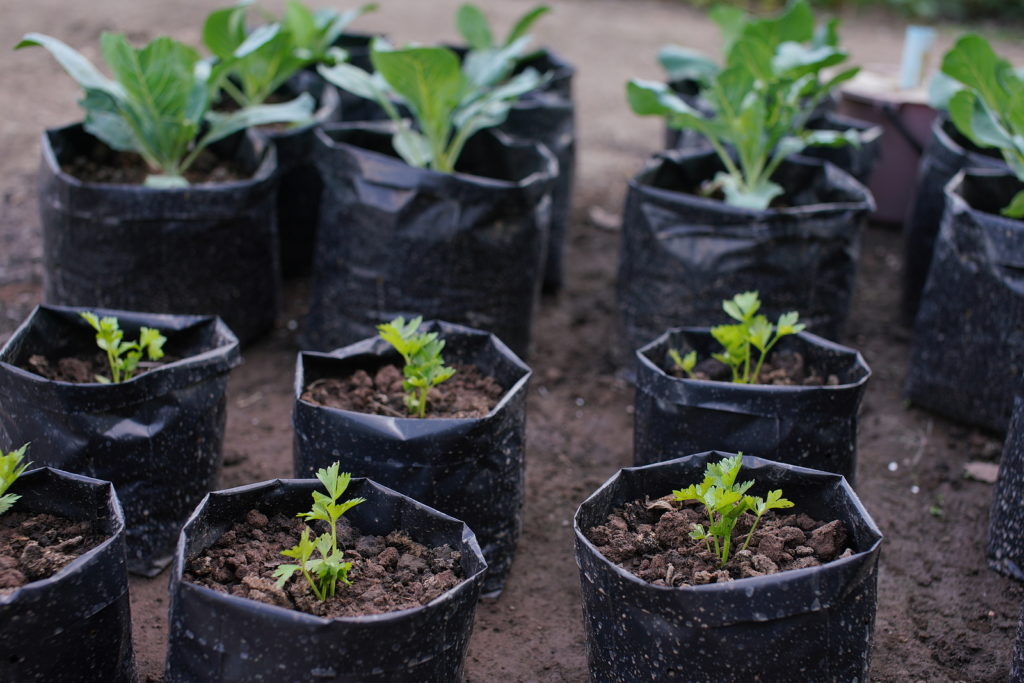
Nursery bags represent a leap forward in the science of plant propagation. These specialized containers, crafted from premium materials, are engineered to provide an ideal environment for nurturing young plants from their early stages. The science behind nursery bags centers on root development, moisture management, and protection against transplant shock. The bags’ design promotes air pruning, preventing root circling and encouraging the growth of lateral roots. This innovative feature translates into stronger, healthier root systems that lead to vigorous above-ground growth.

In an era where innovation propels agricultural advancement, nursery bags stand as a testament to the power of thoughtful design and scientific precision. By incorporating nursery bags into cultivation practices, farmers and growers can lay the foundation for healthier, more productive crops. The profound impact of nursery bags on root health, transplant success, and overall plant vitality demonstrates their indispensable role in modern agriculture.
Join us on a journey of growth and discovery as we explore the transformative potential of nursery bags. Together, let’s nurture a greener, more resilient future for agriculture, rooted in the science and artistry of cultivating thriving plants from the ground up.
A nursery bag is a type of container that is used to grow plants. It is typically made of a heavy-duty plastic material and has a number of holes in the bottom to allow for drainage. Nursery bags are often used to grow seedlings or small plants before they are transplanted into the ground.
There are many benefits to using nursery bags in the agriculture industry. Some of the most notable benefits include:
There are two main types of nursery bags: black nursery bags and clear nursery bags. Black nursery bags are the most common type of nursery bag. They are opaque, which helps to keep the roots of the plants cool and dark. Clear nursery bags are less common, but they can be a good option for growers who want to be able to see the roots of their plants.
To use a nursery bag, simply fill it with potting soil and plant your desired plants. Water the plants regularly and fertilize them as needed. Nursery bags can be placed in the ground or on a patio or deck.
With good care, a nursery bag can last for many years. However, the lifespan of a nursery bag will depend on the materials it is made from and the conditions it is exposed to.
The size of the nursery bag you need will depend on the size of the plants you are growing. As a general rule of thumb, you should use a nursery bag that is at least twice as wide as the plant's root ball.
A good quality potting soil that is well-drained is best for nursery bags. You may also want to add a small amount of compost or other organic matter to the potting soil to improve drainage and aeration.
The frequency of watering will depend on the climate and the type of plants you are growing. However, as a general rule of thumb, you should water nursery bags whenever the top inch of soil feels dry to the touch.
The best time to transplant your plants from nursery bags is when they have outgrown the bags. This is usually when the roots of the plants have filled the bottom of the bag.